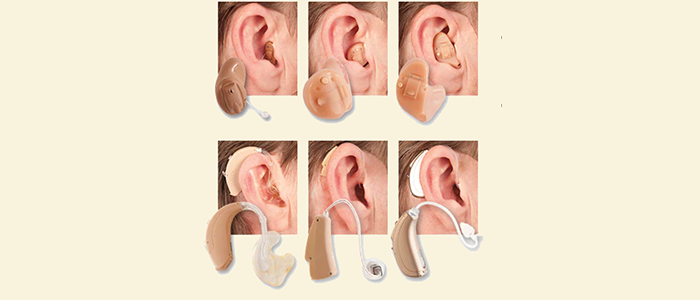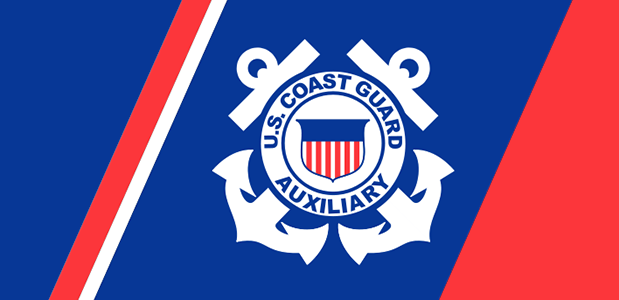||| FROM STACIE NORDRUM for ISLAND HEARING |||
Prescription hearing aids feature wonderful technologies that are customizable, safe, effective, and allow a professional (such as an audiologist, otolaryngologist or hearing instrument specialist) to program. They take into consideration the degree of hearing loss at each test frequency, the acoustics of the wearer’s ear canal and the loudness preferences of the hearing aid wearer.
The new FDA class of hearing aids that are labeled for OTC fill a spot in the market for folks that either were not ready for professional intervention, preferred to fit their own devices, or desired to save money (as they are generally at or below the cost of an entry-level prescription hearing aid). They are also only intended for mild-to-moderate hearing loss.
The new class of OTC devices adhere to stringent safety guidelines. This was not the case for amplification devices that were previously available for purchase over the counter- those devices were called personal sound amplification products (PSAP) and were not allowed to be called hearing aids. OTC hearing aids are safer- but they are not fit with information about a wearer’s ear canal acoustics. This is incredibly important and the only way to ensure that the hearing aid is amplifying sounds in a safe and adequate manner.
As a Doctor of Audiology, I work with prescription hearing aids. There are 6-7 major brands of prescription hearing aids. They offer highly sophisticated sound processing (including directional microphones, noise reduction, and speech enhancement), high quality rechargeable batteries and wireless capabilities.
While I feel that OTCs were a needed addition to the landscape of hearing healthcare, in no way do they replace prescription hearing aids (which include a professional’s help in device selection, fitting, and all support needed for years after a fitting).
Here is an article that I generally agree with (the exception being the costs involved). A high-end prescription hearing aid’s cost should never be $12,000. This is outrageously high. https://feeds.aarp.org/health/
Prescription hearing aids are constantly evolving and new technologies are released each year that are very exciting. It is a true joy to work with people to see how new tools can help overcome communication barriers.
**If you are reading theOrcasonian for free, thank your fellow islanders. If you would like to support theOrcasonian CLICK HERE to set your modestly-priced, voluntary subscription. Otherwise, no worries; we’re happy to share with you.**









Thanks for this information, Stacie. As someone who has been able to remain in the midst of the hearing community because of Stacie’s many-year attention to my changing hearing patterns, I endorse what she says. Mild hearing loss, yes…anything that magnifies the sound will do, even the old 17th Century hearing trumpet, or cupping your hand behind your ear. In my case, however, without hearing aids, I’m essentially deaf…no good to anyone or myself as a community participant.
So, don’t torture yourself by going through the “what did you say?” phase of your life…talk to Stacie, or your favorite audiologist.
I heartily second the notion. Having worked with Stacie for over five years now, after two others on the mainland, I can attest to the quality of her advice and services.